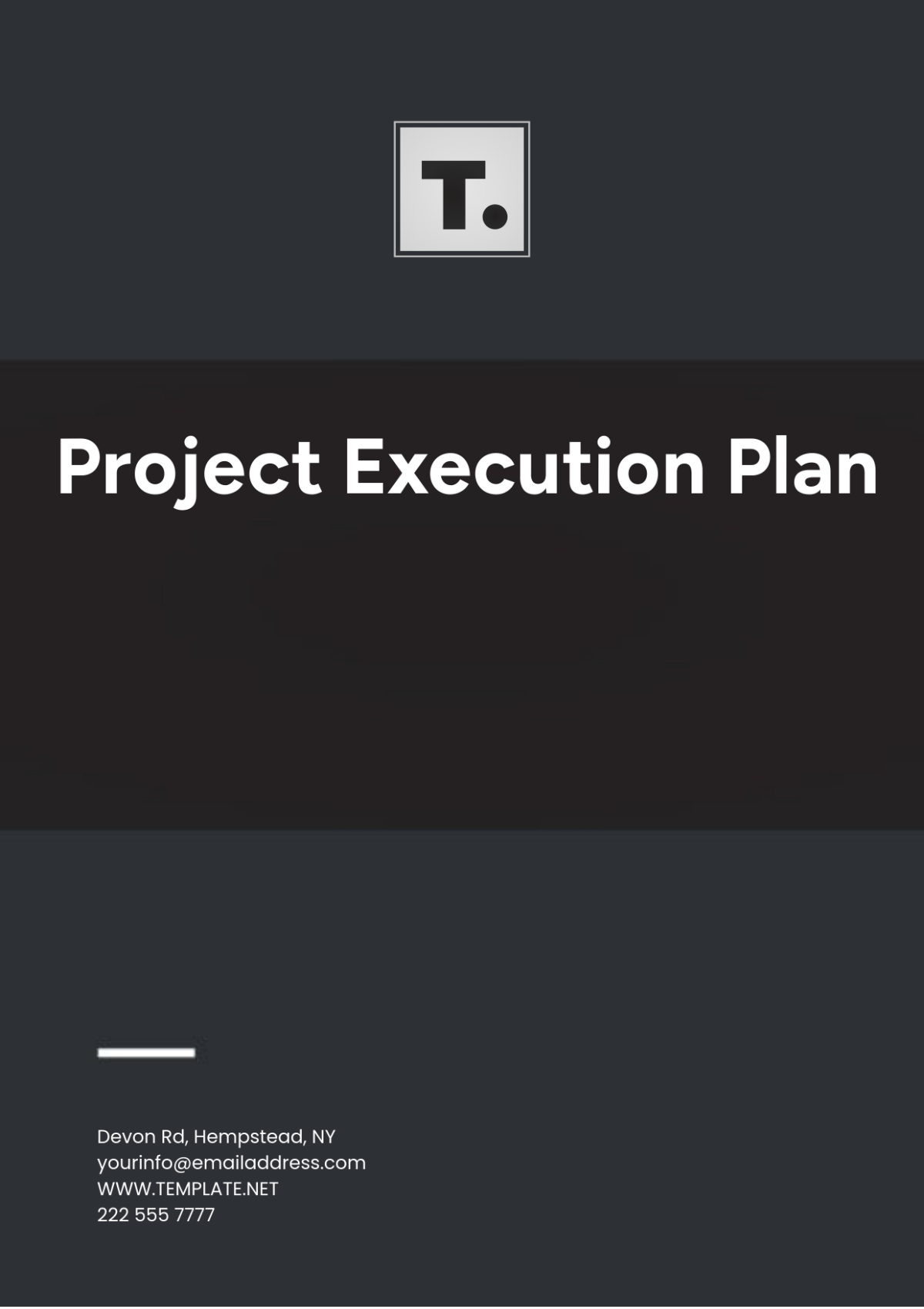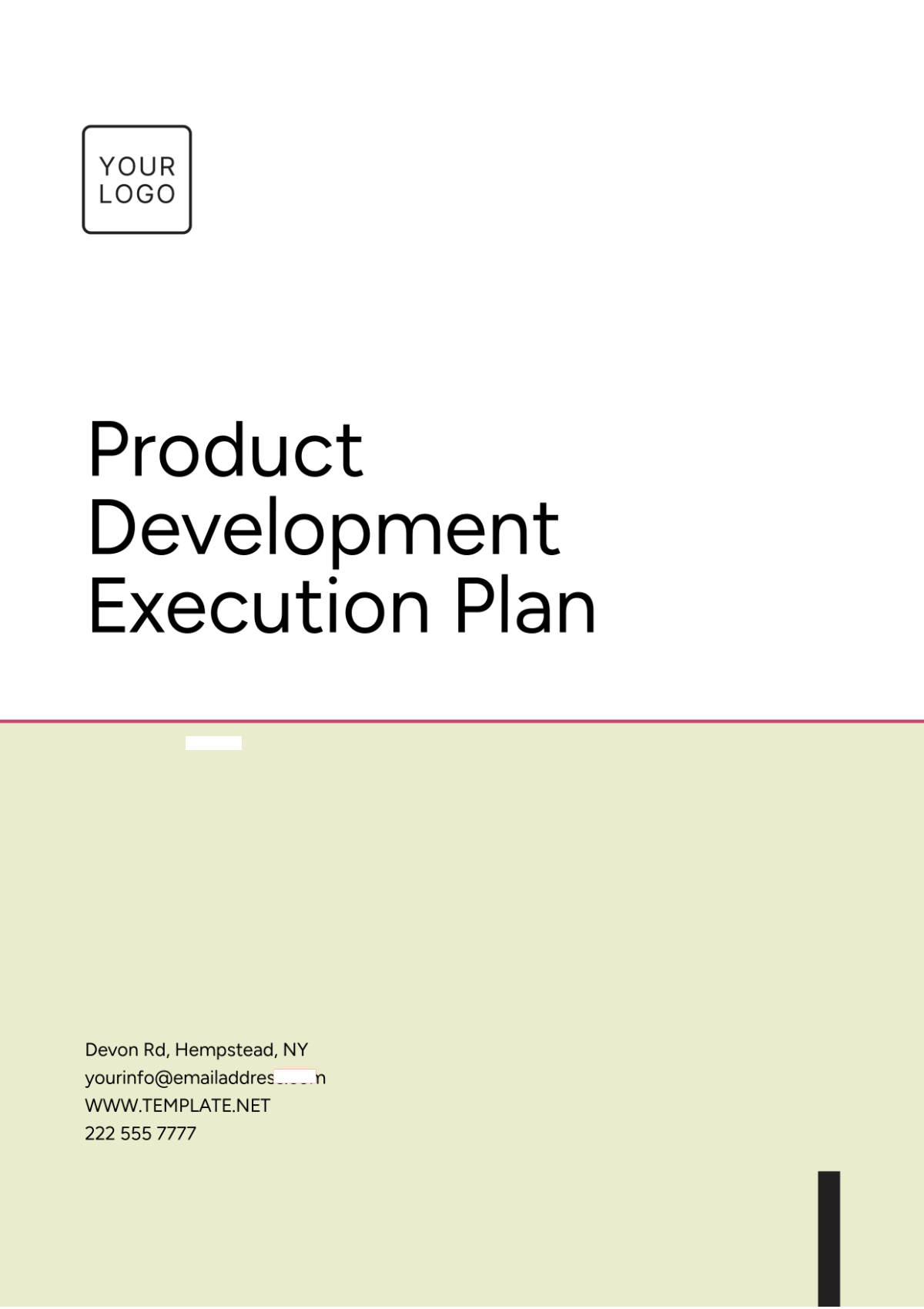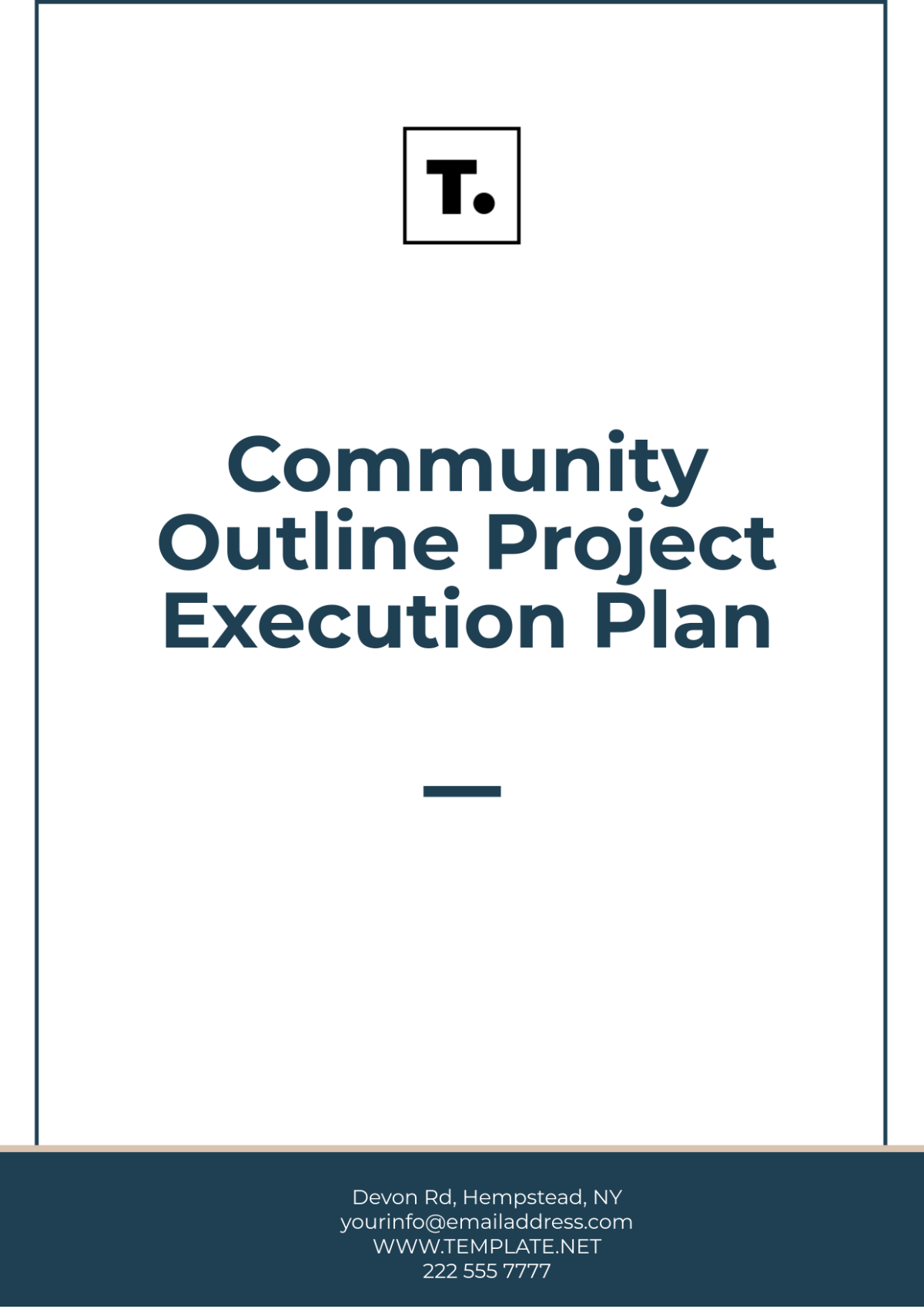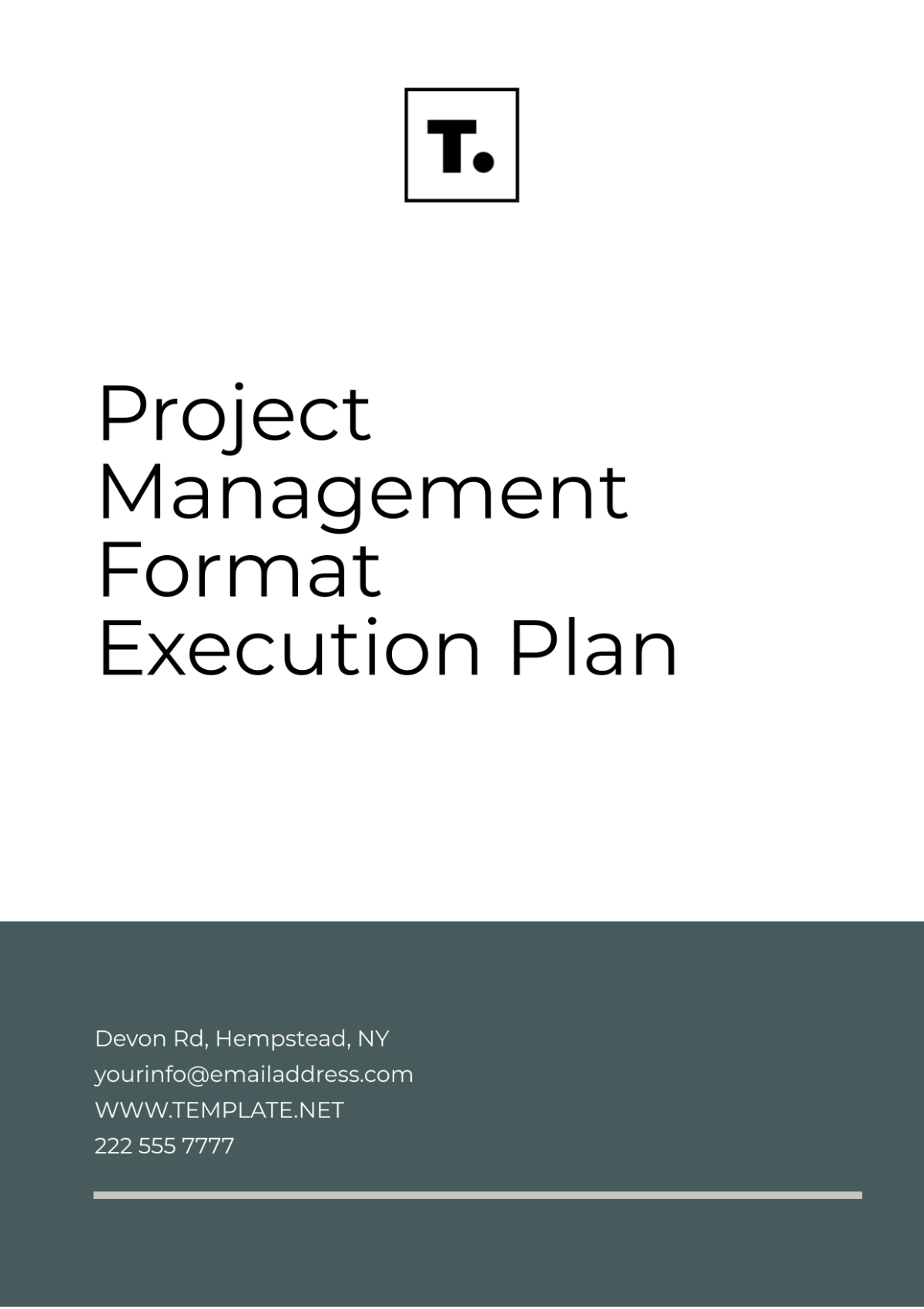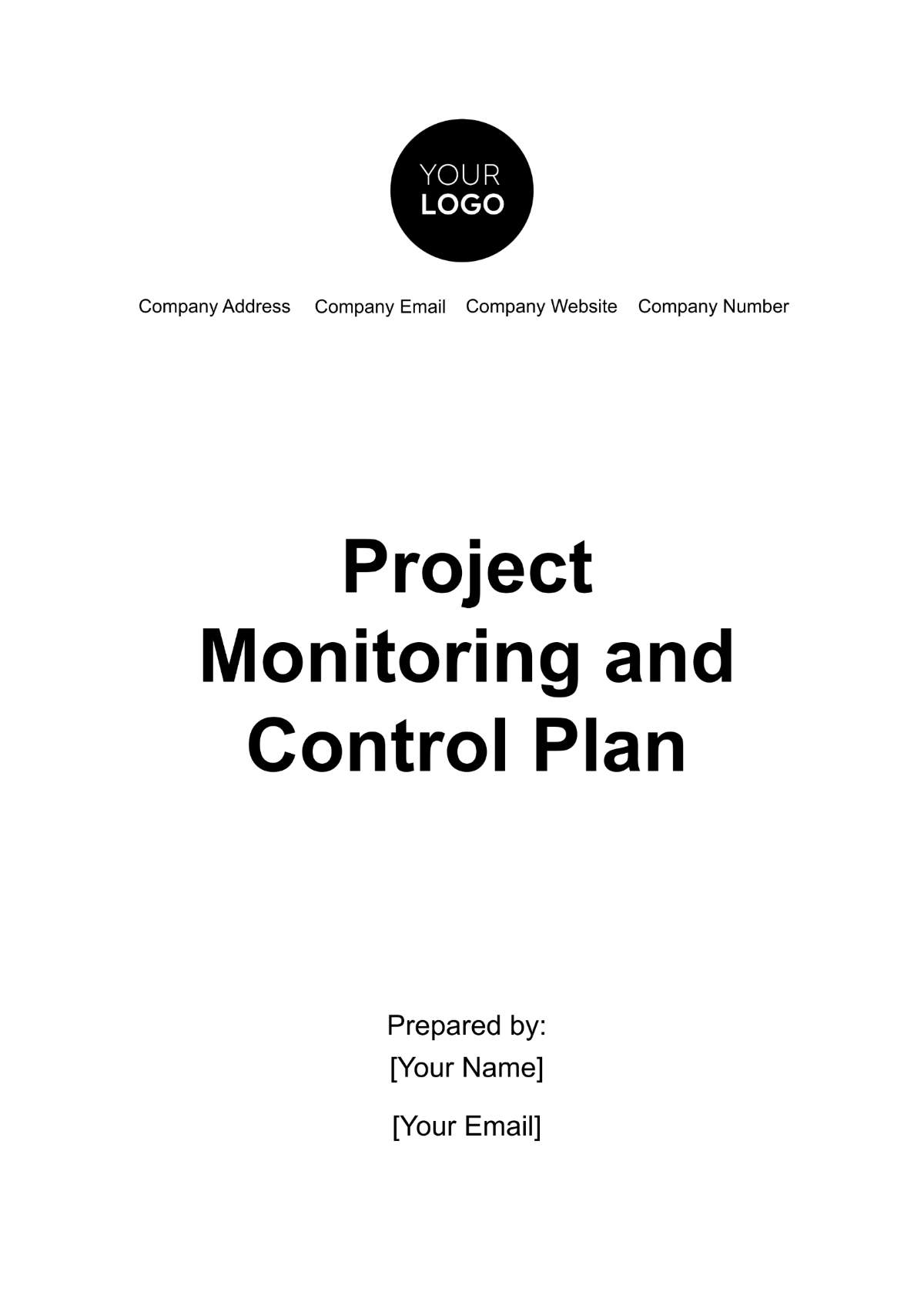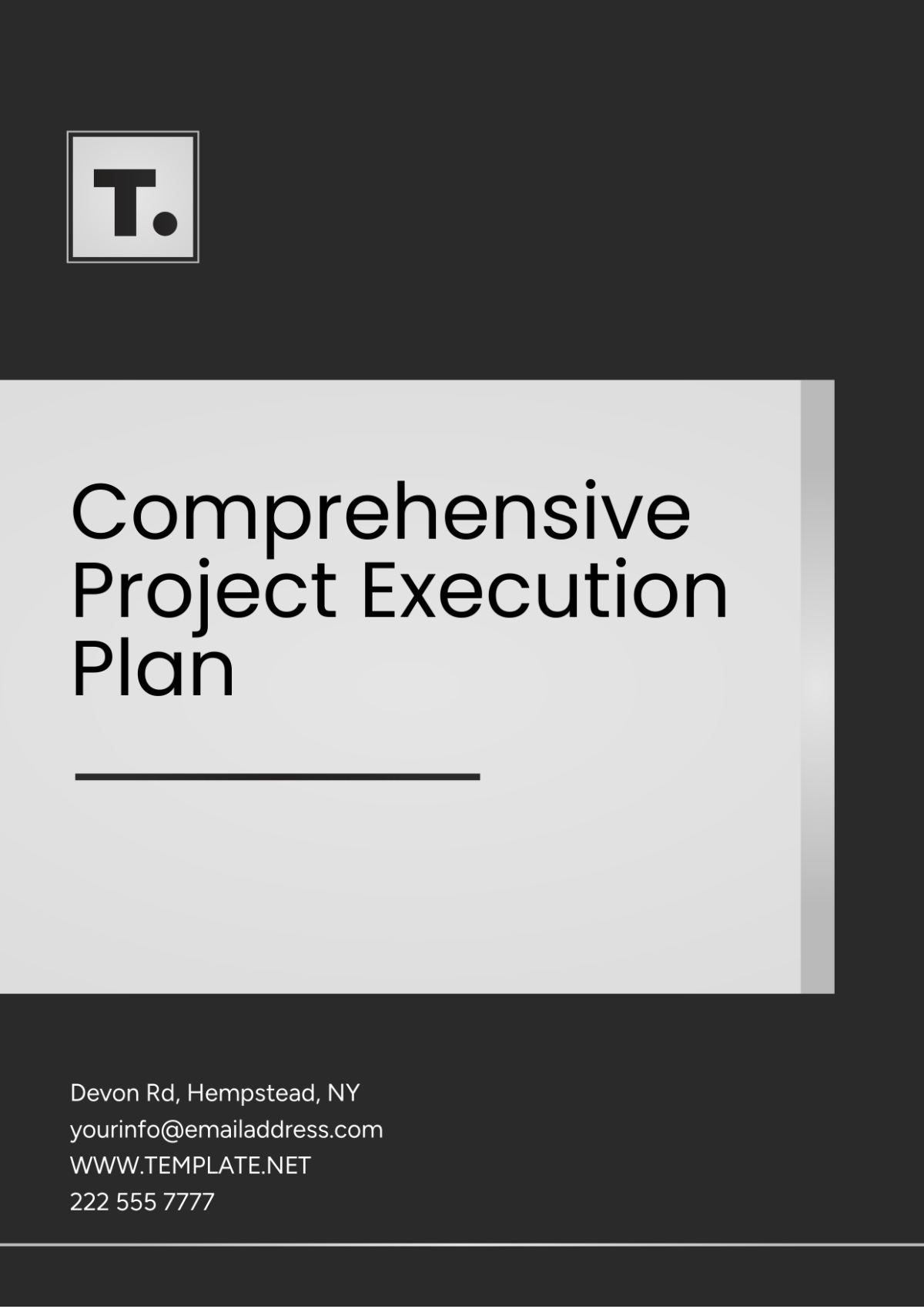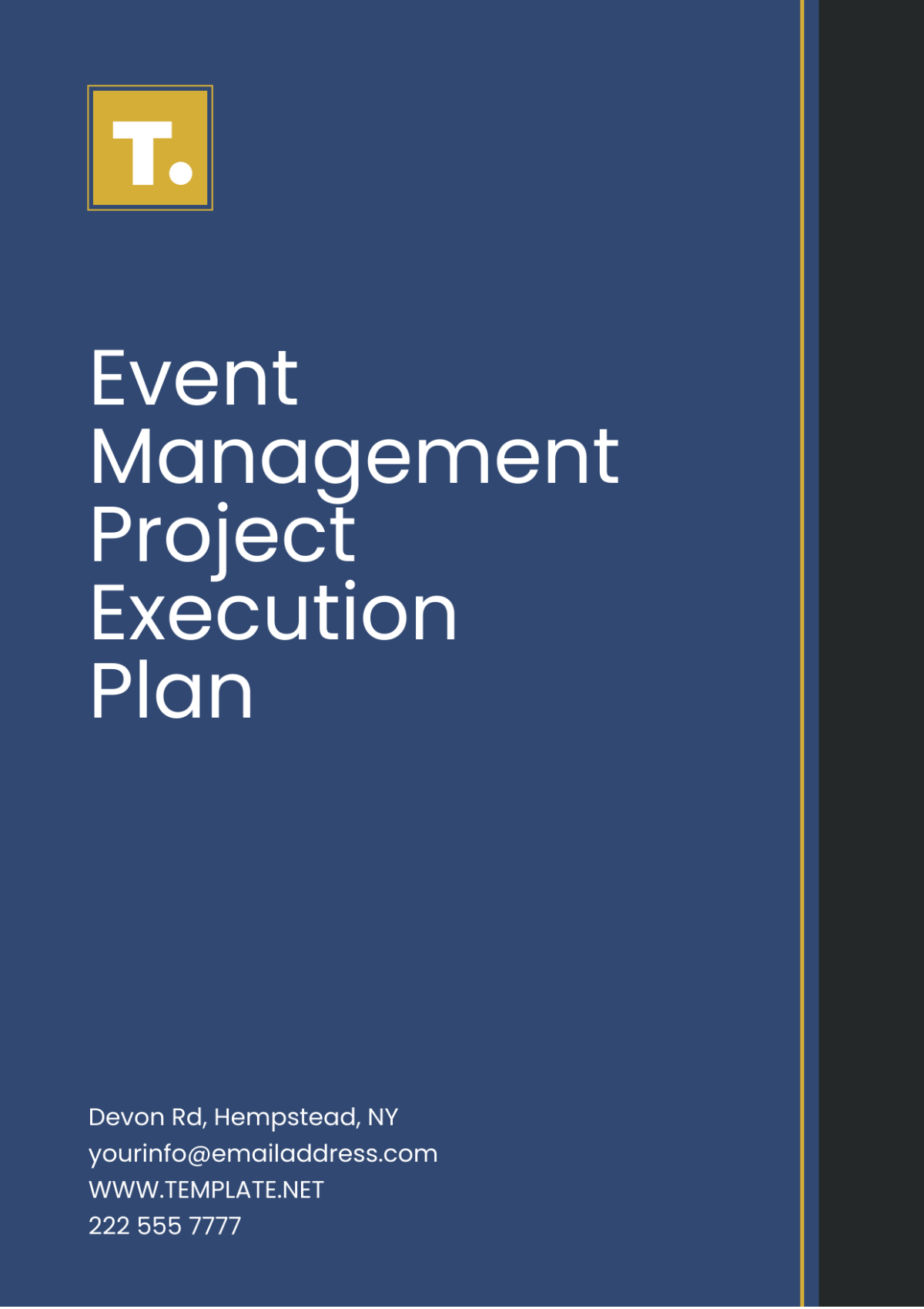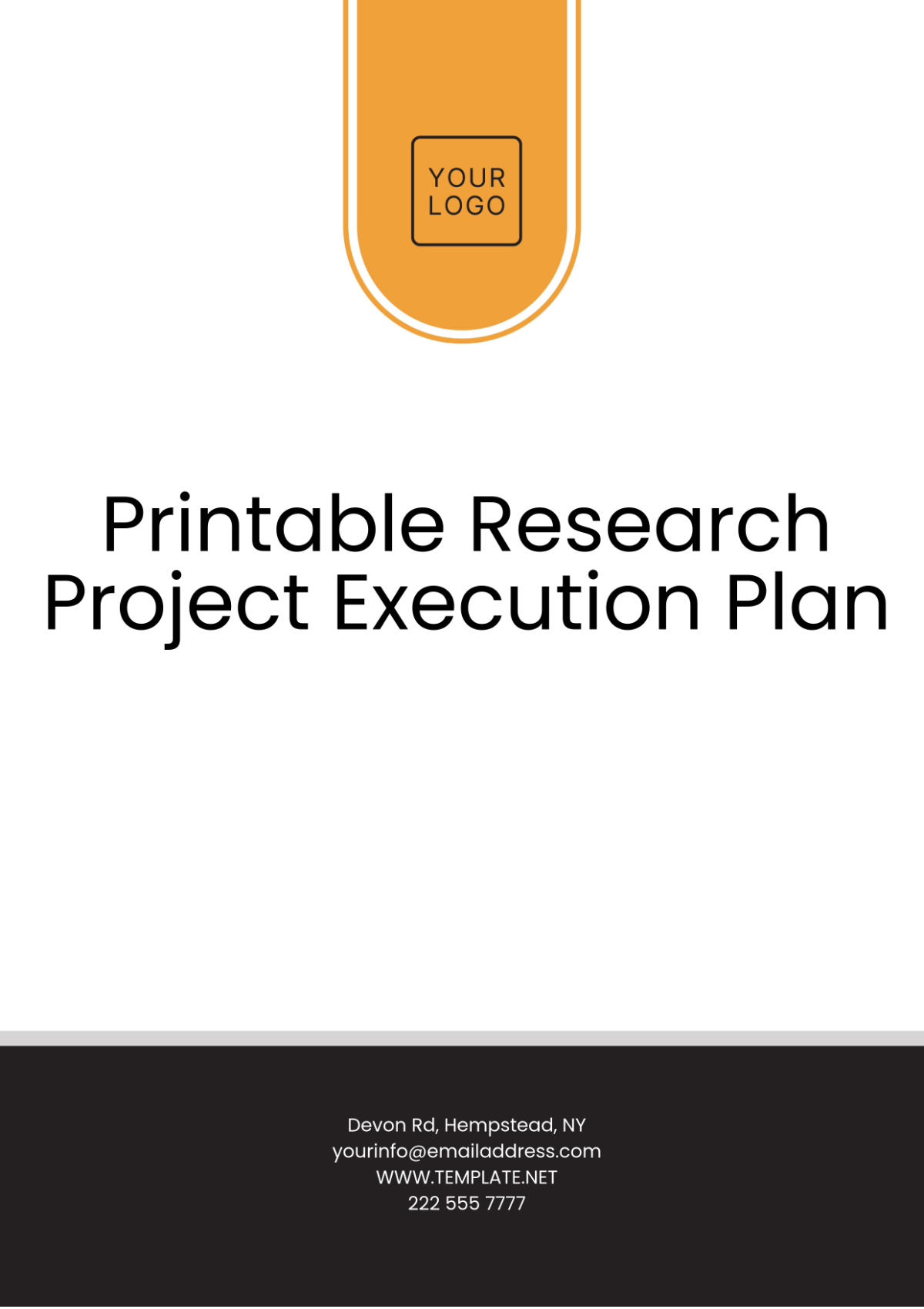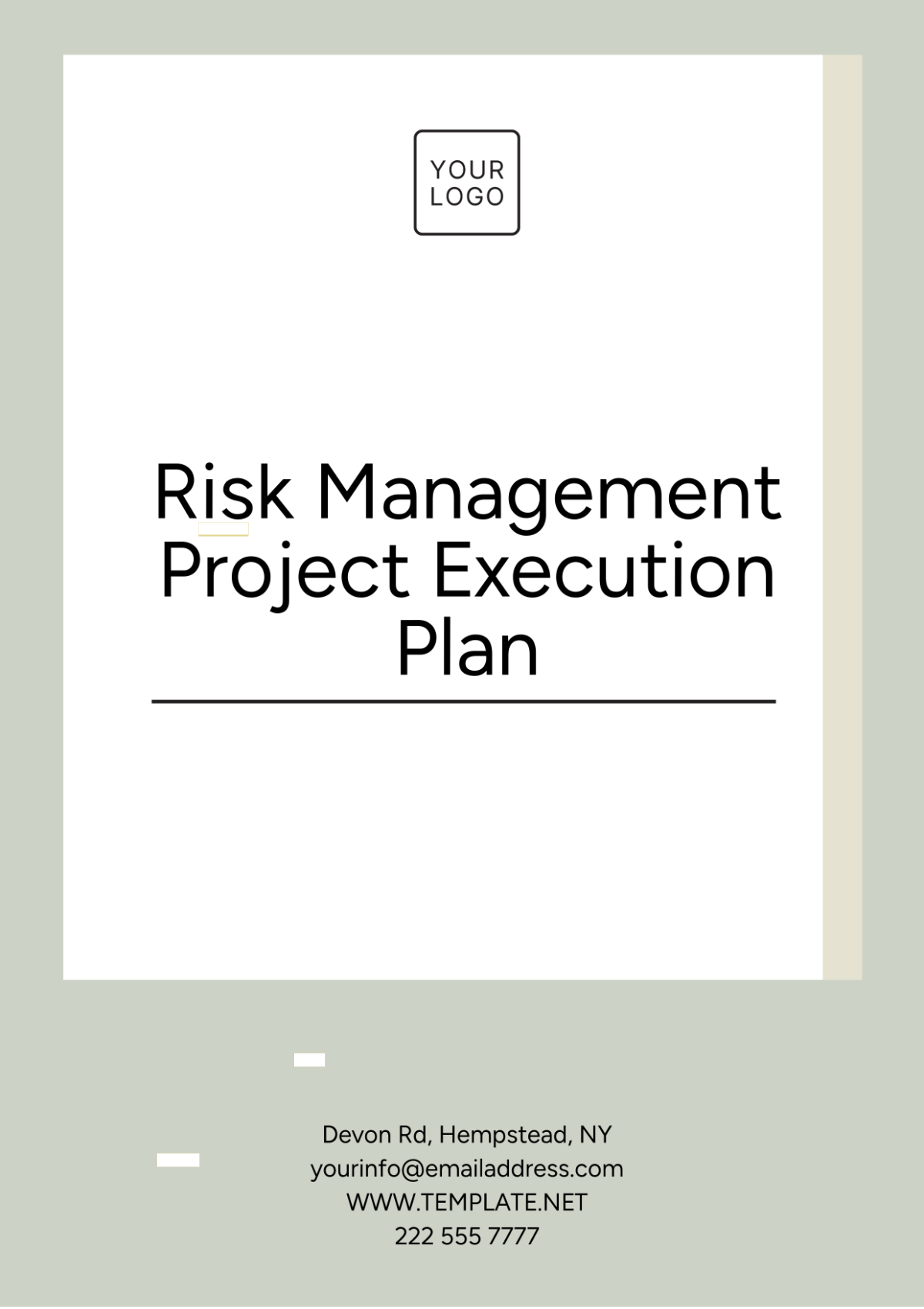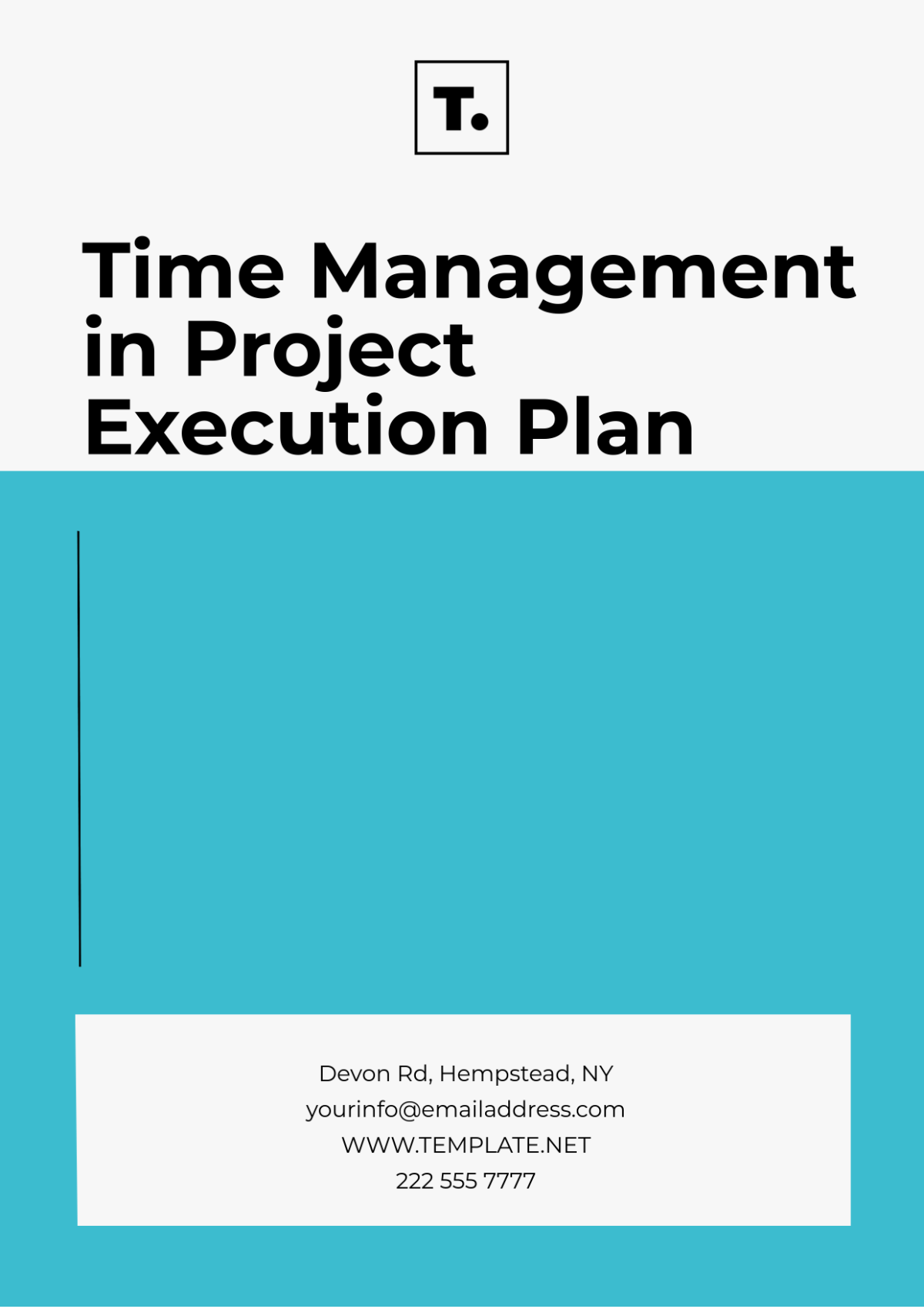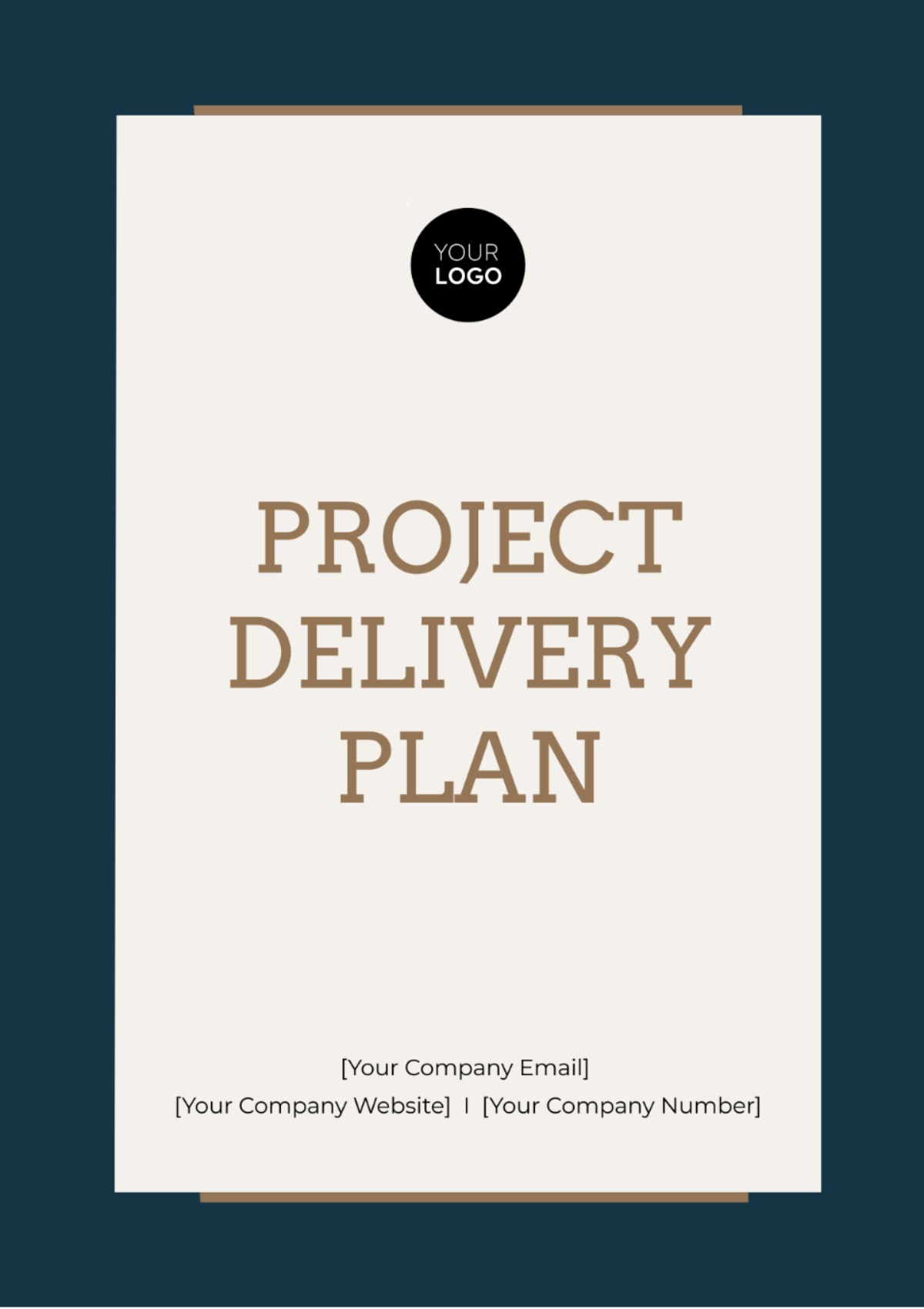Project Monitoring and Control Plan
I. Introduction
Effective project management is critical for ensuring the success of any initiative, and at [Your Company Name], we recognize the importance of closely monitoring and controlling all project activities to meet our business objectives. The Project Monitoring and Control Plan provides a structured approach to track, assess, and manage all project elements, ensuring alignment with organizational goals, timelines, budgets, and quality standards. By proactively managing project risks, schedules, and resources, [Your Company Name] is better equipped to deliver consistent, measurable results across all projects.
This plan is developed in accordance with US industry standards and best practices, including the guidelines set forth by the Project Management Institute (PMI) and compliance with relevant US labor, safety, and data privacy laws. The plan outlines procedures for monitoring project performance, defining control mechanisms, and ensuring timely decision-making to address issues and implement corrective actions. Through continuous oversight and adaptive controls, [Your Company Name] ensures that every project is delivered on time, within scope, and to the highest standard of quality, while also adhering to all regulatory requirements.
II. Objectives
The success of any project depends on clearly defined objectives and a strategic approach to achieving them. At [Your Company Name], this Project Monitoring and Control Plan is designed to ensure that every aspect of the project is closely monitored, and adjustments are made when necessary. By focusing on proactive management and transparent communication, the plan enables [Your Company Name] to stay on track, mitigate risks, and meet key deliverables within the established timeline and budget.
Ensure project objectives are met on time and within budget.
Identify and manage risks proactively.
Measure project performance and make necessary adjustments.
Maintain effective communication among stakeholders.
III. Monitoring Techniques
To ensure the successful execution of a project, [Your Company Name] employs a variety of monitoring techniques that provide real-time insights into the progress, performance, and potential risks of ongoing projects. These methods are designed to offer a comprehensive view of project activities, allowing the project team to make informed decisions and adjustments as necessary. By utilizing these tools, we can track progress, ensure alignment with project goals, and maintain accountability across all stakeholders.
Gantt Charts
A Gantt chart is a highly effective visual tool for managing project timelines. It allows the project team to map out the entire project schedule, identifying start and finish dates for each task. By offering a clear view of the sequence and dependencies of tasks, Gantt charts help project managers ensure that tasks are completed in the correct order and on time. Additionally, it provides a visual representation of project milestones, making it easier to identify bottlenecks and adjust timelines when needed. This technique is particularly valuable for managing complex projects with multiple parallel tasks.
Earned Value Management (EVM)
Earned Value Management (EVM) is a quantitative method used to measure project performance by comparing planned work with completed work. EVM tracks key metrics such as cost variance, schedule variance, and earned value to determine how well the project is adhering to its budget and schedule. By integrating cost and schedule performance data, EVM allows [Your Company Name] to forecast future project performance, identify potential risks early on, and make proactive adjustments. This helps in avoiding cost overruns and schedule delays while ensuring project goals are achieved.
Milestone Tracking
Tracking project milestones is critical for ensuring the timely completion of major project deliverables. Milestones mark key points in the project’s lifecycle, such as the completion of major tasks or the achievement of significant objectives. By monitoring these milestones, project managers can assess the health of the project at critical junctures, ensuring that important tasks are completed before moving on to the next phase. This helps [Your Company Name] keep the project on track and prevent any major deviations from the timeline.
Status Reports
Regular status reports provide comprehensive updates to all project stakeholders on the current status of the project. These reports cover key performance metrics, risks, issues, and accomplishments, ensuring that everyone is aligned on the progress of the project. By maintaining consistent communication with stakeholders, [Your Company Name] ensures transparency and provides a platform for addressing any concerns or potential roadblocks that may arise during the project lifecycle.
IV. Performance Metrics
At [Your Company Name], tracking project performance through well-defined metrics is essential for staying on course and achieving desired outcomes. Performance metrics provide a quantitative analysis of how well the project is performing relative to the initial plan, allowing project managers to identify and address deviations before they escalate. By regularly reviewing these metrics, [Your Company Name] can ensure project efficiency, cost control, and timely delivery, while maintaining high-quality standards.
The table below outlines the key performance metrics that are monitored throughout the project lifecycle. Each metric offers valuable insights into different aspects of the project, including schedule adherence, cost management, quality control, and risk mitigation. These metrics enable [Your Company Name] to make data-driven decisions and ensure the project remains aligned with its objectives.
Performance Metric | Description | Purpose |
|---|---|---|
Schedule Variance (SV) | Measures the deviation from the planned project schedule. | To determine if the project is ahead or behind schedule. |
Cost Variance (CV) | Measures the deviation from the planned project budget. | To assess if the project is under or over budget. |
Quality Metrics | Evaluates the quality of deliverables against predefined standards and criteria. | To ensure the deliverables meet the required quality standards. |
Risk Metrics | Tracks identified risks and their potential impact on the project’s success. | To monitor and mitigate risks effectively throughout the project. |
V. Risk Management
Effective risk management is crucial for ensuring that projects remain on track and meet their objectives. By anticipating potential challenges, [Your Company Name] can take proactive steps to mitigate risks and minimize disruptions. The following key steps outline a systematic approach to identifying, analyzing, and addressing risks throughout the project lifecycle. This process helps ensure that potential issues are managed effectively, safeguarding the project’s success and stability.
The key steps include:
Risk Identification: Identify potential risks that could impact the project.
Risk Analysis: Assess the likelihood and impact of identified risks.
Risk Mitigation: Develop strategies to minimize the impact of risks.
Risk Monitoring: Continuously monitor identified risks and update the risk management plan as necessary.
VI. Communication Plan
An effective communication plan is vital to the success of any project, ensuring that all stakeholders are consistently informed about project progress, key decisions, and any issues that arise. At [Your Company Name], communication is structured to promote transparency, foster collaboration, and ensure that timely information is shared with the right individuals. A well-organized communication plan helps avoid misunderstandings, delays, and misalignment of goals, enabling swift responses to challenges and opportunities.
Communication Matrix
The communication matrix outlines the frequency, format, and recipients of all project communications. This matrix ensures that the right information is delivered to the right stakeholders at the right time. For example, project managers may send weekly status emails to team members, while monthly executive summaries are delivered to senior leadership. The matrix also defines the communication channels, such as email, project management software, or in-person meetings, ensuring consistent and efficient information flow.
Meeting Schedule
Regular meetings are essential to review the project’s status and address any potential concerns. The meeting schedule includes daily stand-ups for the project team, weekly progress meetings with key stakeholders, and monthly reviews with executive sponsors. These meetings provide an opportunity to discuss milestones, challenges, and upcoming tasks, ensuring that all team members and stakeholders remain aligned with the project’s objectives and timelines.
Reporting Mechanisms
Effective reporting mechanisms are a critical component of the communication plan. Periodic status reports provide detailed updates on the project’s progress, including any deviations from the schedule or budget. Dashboards offer real-time visualizations of key performance indicators (KPIs), allowing stakeholders to quickly assess project health. These reports and dashboards are distributed at regular intervals to ensure that everyone involved remains informed about the project’s performance and any emerging issues.
VII. Issue Management
Effective issue management is critical to ensuring that project disruptions are addressed promptly and do not hinder the overall success of a project. At [Your Company Name], a structured issue management process ensures that any problems arising during the project lifecycle are swiftly identified, analyzed, and resolved, keeping the project on track. By having a clear system in place, [Your Company Name] minimizes the impact of unexpected challenges and ensures transparency in the resolution process.
Issue Identification
The first step in issue management is issue identification, where potential problems are logged as soon as they arise. Any team member can report an issue, and it is essential to document it in detail, including the nature of the issue, when it occurred, and its immediate impact on the project. This logging process ensures that no issue goes unnoticed and that it is captured in the project’s issue management system for further analysis and tracking.
Issue Analysis
Once an issue has been identified, the next step is issue analysis, where the severity and impact of the problem are assessed. This involves determining the root cause of the issue, the areas of the project that it affects, and the level of risk it poses. For example, an issue affecting a critical project milestone may be prioritized higher than a minor task delay. By understanding the scope and urgency of the issue, [Your Company Name] can develop an appropriate response strategy to minimize any negative impact.
Issue Resolution
After analysis, the project team moves to issue resolution. In this phase, solutions are developed and implemented to address the problem. The project manager works with relevant team members to brainstorm potential solutions, taking into account the resources and time available. The selected solution is then executed, with clear responsibilities assigned to ensure accountability. Issue resolution is aimed at restoring project progress and preventing the same issue from recurring in the future.
Issue Tracking
The final component of issue management is issue tracking, where the progress of resolving the issue is closely monitored. This involves updating the status of the issue, tracking resolution efforts, and ensuring that the solution implemented is effective. Issue tracking also includes follow-up checks to verify that the issue has been fully resolved and is no longer impacting the project. Regular reviews of issue logs help [Your Company Name] continuously improve its issue management process, learning from past challenges to strengthen future projects.
VIII. Reporting and Documentation
Accurate reporting and thorough documentation are essential for effective project monitoring and control at [Your Company Name]. These practices provide a structured way to capture project progress, risks, issues, and changes, ensuring transparency and accountability. Proper documentation not only helps in tracking the project's current status but also serves as a valuable reference for future projects. Each report or document ensures that stakeholders stay informed and that the project team can act swiftly to address potential challenges.
Progress Reports
Progress reports are a cornerstone of project documentation, offering regular updates on milestones, tasks, and overall progress. These reports are typically distributed weekly or monthly, depending on the project's complexity and timeline. Each report outlines what has been accomplished, upcoming tasks, and any deviations from the original plan. By reviewing progress reports, stakeholders can quickly assess whether the project is on track and identify areas that may need additional resources or attention. At [Your Company Name], progress reports serve as a communication tool to keep all parties aligned and informed.
Risk Register
A risk register is an essential document for managing potential risks throughout the project. It tracks all identified risks, their likelihood, potential impact, and the mitigation strategies in place. The register is updated regularly as new risks are identified or existing risks evolve. By maintaining a detailed risk register, [Your Company Name] ensures that all risks are monitored and addressed proactively, reducing the likelihood of unforeseen events negatively impacting the project. The risk register also serves as a historical record that can inform risk management strategies in future projects.
Issue Log
The issue log is another critical document that tracks project challenges as they arise. It captures details such as the nature of the issue, when it was identified, and its resolution status. The issue log helps ensure that no problem is overlooked and that all issues are managed systematically. Regular updates to the issue log provide a transparent view of any obstacles the project team has encountered and how they are being addressed. [Your Company Name] uses the issue log to track progress toward resolving issues and to prevent similar problems from recurring.
Change Log
A change log documents any alterations to the project's scope, schedule, or budget. Changes are inevitable in most projects, but managing them effectively is crucial to maintaining project control. The change log records the details of each change, including who requested it, the reason for the change, and its approval status. By documenting these adjustments, [Your Company Name] ensures that all stakeholders are aware of how changes affect the project’s trajectory. The change log also helps the project manager track the cumulative effect of changes, ensuring that scope creep or budget overruns are kept in check.
IX. Conclusion
A well-structured Project Monitoring and Control Plan is vital for the successful completion of any project at [Your Company Name]. By implementing regular monitoring practices, managing risks proactively, maintaining effective communication, and ensuring thorough documentation, [Your Company Name] establishes a solid foundation for project success. This comprehensive approach ensures that all aspects of the project are closely watched, potential issues are addressed promptly, and stakeholders are kept informed throughout the project lifecycle.
Effective project management is not just about meeting deadlines and staying within budget; it's about creating a dynamic and responsive process that adapts to changes and challenges as they arise. With a robust Project Monitoring and Control Plan, [Your Company Name] is equipped to navigate complexities, optimize performance, and achieve project objectives. This commitment to diligent planning and execution ensures that every project is managed with precision and integrity, ultimately delivering successful outcomes and exceeding stakeholder expectations.
Project Templates @ Template.net
